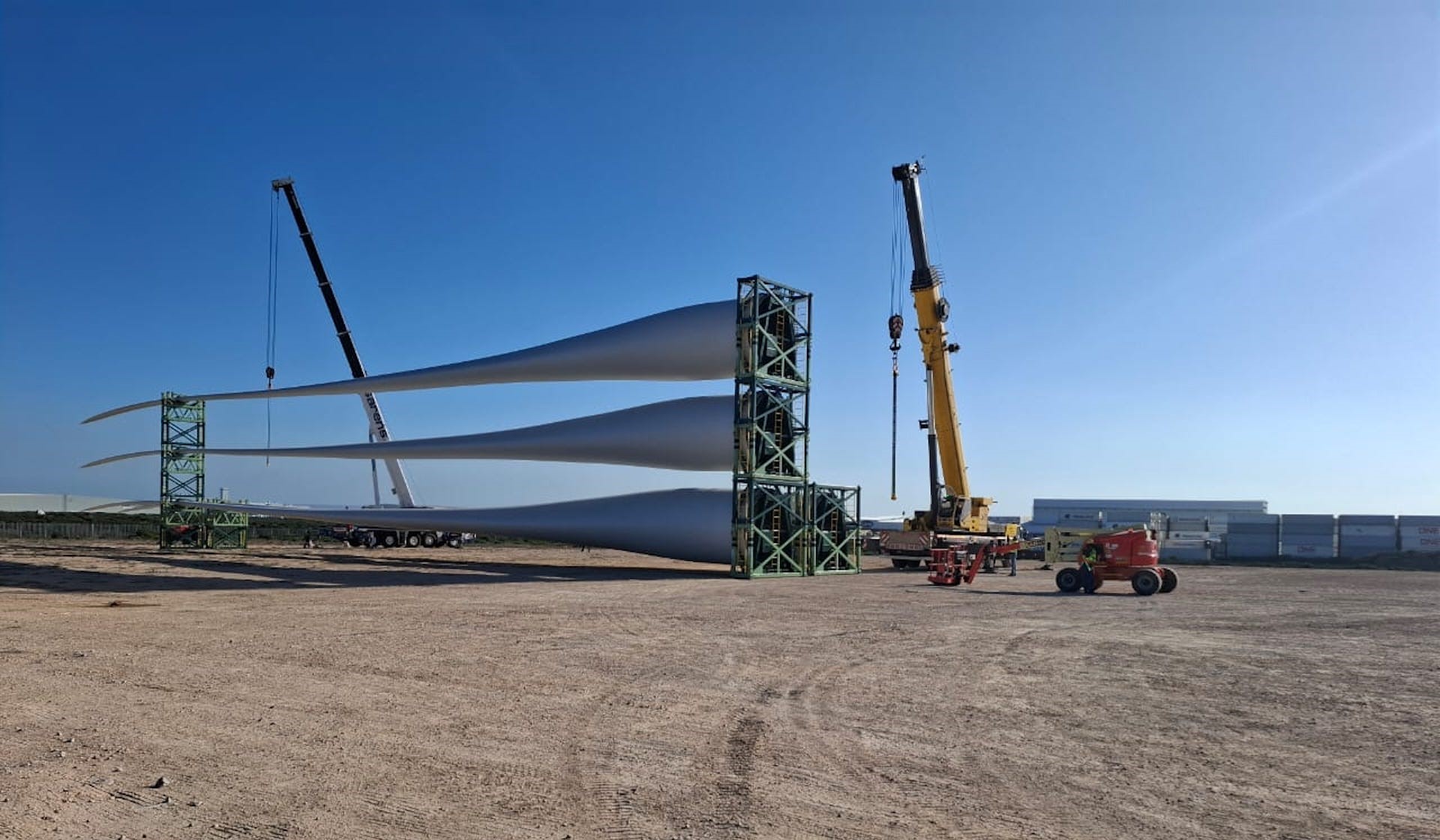Be sure to read the latest COBENEFITS Policy Report for South Africa, titled ‘From coal to renewables in Mpumalanga’, released 18 January 2022.01.21.
As stated by COBENEFITS [https://www.cobenefits.info/resources/from-coal-to-renewables-in-mpumalanga/] the report covers employment effects, opportunities for local value creation, skills requirements, and gender-inclusiveness.
As we know coal has been the backbone of SA’s energy system for as long as we remember and continues to dominate the energy mix. The Mpumalanga Province takes centre stage of this dirty industry, accounting for circa 80 % of total coal production, feeding Eskom’s coal-fired plants, also located in the province. Hence, it stands to reason that the people in the province are reliant on the exploitation of coal, but not without the effects of this power source.
As mentioned stated by COBENEFITS, ‘the transformation of the South African energy system is gathering momentum. The Integrated Resource Plan (IRP) 2019 anticipates that 10.7 GW of existing coal-fired power stations will be decommissioned by 2030, with only Medupi and Kusile expected to remain operational by 2040. According to the DFFE, about 80 – 90% of greenhouse gas emission reductions in South Africa should come from the power sector, as it is both the largest emitter and the cheapest sector to mitigate in due to declining renewable energy prices.
Without deliberate and appropriate planning, the gradual phase-out of coal would be expected to lead to substantial economic and socio-economic losses. A regional and national plan is therefore needed to ensure that this process meets the principles of a Just Transition, which include social inclusion, decent work for all, and poverty reduction.’

